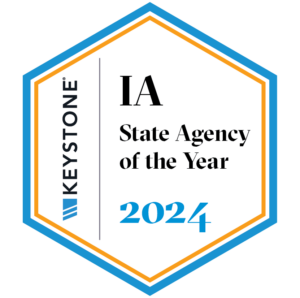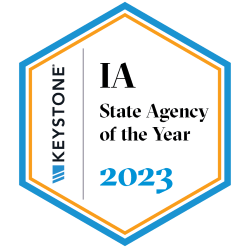9 Surprising Habits of Safe Drivers
What makes safe drivers stay safe on the road? The obvious answer is that these drivers obey the rules of the road—they stay within the speed limit, wear a seatbelt, don’t attempt to pass in no-passing zones, don’t drink and drive, and they turn off their phones.
Of course, these practices are critical to staying safe. But there are some other precautions that help keep drivers safe, and these may not be top of mind when thinking about roadway safety.
Paul Porter, EMC Senior Engineer, shares best practices that safe drivers incorporate before and during their travels:
- Count “one thousand one, one thousand two” after a stoplight turns green. Before accelerating into the intersection, look left, right, ahead and then, left again. He says, “This information comes from the National Safety Council (NSC) and is good advice. Many poor or distracted drivers run red lights. Waiting just two seconds can save you from getting T-boned.” In that same vein, if you see a yellow light ahead, slow down for the impending red light and stop rather than speeding up to push through the intersection.
- Use the NSC three-second-plus rule to guide the distance you allow between you and the vehicle ahead. Under normal driving conditions, when the vehicle in front of you passes a fixed object like a mile marker, count “one thousand one, one thousand two, one thousand three” as you approach that same marker. Add one second to the count for each adverse driving condition, such as rain, highway glare or fussy kids in the back seat. Remember, cars travelling at 70 mph require a complete stopping distance of approximately 490 feet—that’s 130 feet longer than an NFL field (360 feet long).
- Demonstrate patience with other drivers and their bad habits. Give unsafe drivers wide berth and avoid responding with aggressive behavior. Also practice patience when facing delays due to an accident or road work. According to Paul, “Dashing in and out of lanes, accelerating and suddenly stopping can all lead to accidents … and high blood pressure. These actions rarely get you out of a traffic jam any faster.”
- Be predictable, but don’t expect other drivers to be. Safe drivers avoid sudden lane changes, quick stops and turns without signaling. Additionally, safe drivers aren’t surprised when other drivers perform these unsafe practices. They are constantly vigilant and prepared for inconsistent behavior from other drivers.
- Clean the windshield, From bug splatters to dirty streaks to winter ice and snow, it’s a bad idea to drive without a clear windshield. Heading into the sun early or late in the day can be blinding, and drivers can’t afford the extra impairment of an opaque windshield.
- Make adjustments before starting the vehicle. Check tires to be sure they are filled properly, adjust mirrors for best visibility, set the seat to the most comfortable (and safest) position and turn on the radio before shifting the vehicle into drive. Periodically checking headlights and turn signals is another proactive pre-drive check that helps keep drivers safe.
- Look ahead. Rather than just scanning the area directly in front of the vehicle, safe drivers scan the road up to a mile ahead in the country and two blocks ahead in the city. This allows time to adjust for any adverse conditions on the horizon.
- Drive with headlights on all the time. Experts say there is a 5-10% decrease in collisions for drivers who always have their lights on because the vehicle is more visible to other drivers. There are two lighting options: driving a vehicle with automatic daytime running lights (DRLs) or manually run low-beam lights whenever your vehicle is on the road. Using low-beam lights rather than DRLs means your taillights will also turn on, which can reduce the risk of being rear-ended. Driving with lights on all the time also means you won’t forget to turn them on in poor visibility conditions and when dusk arrives.
- Plan trips in advance and allow plenty of time to get to your destination. If you are nervous or trying to play catch up during the trip, you’re more likely to take risks or push too hard, potentially causing an accident. If you’re going to be late, pull over (not on the shoulder, which is for emergency vehicles) and make a quick call.
Information provided by EMC.







Leave a Reply
Want to join the discussion?Feel free to contribute!